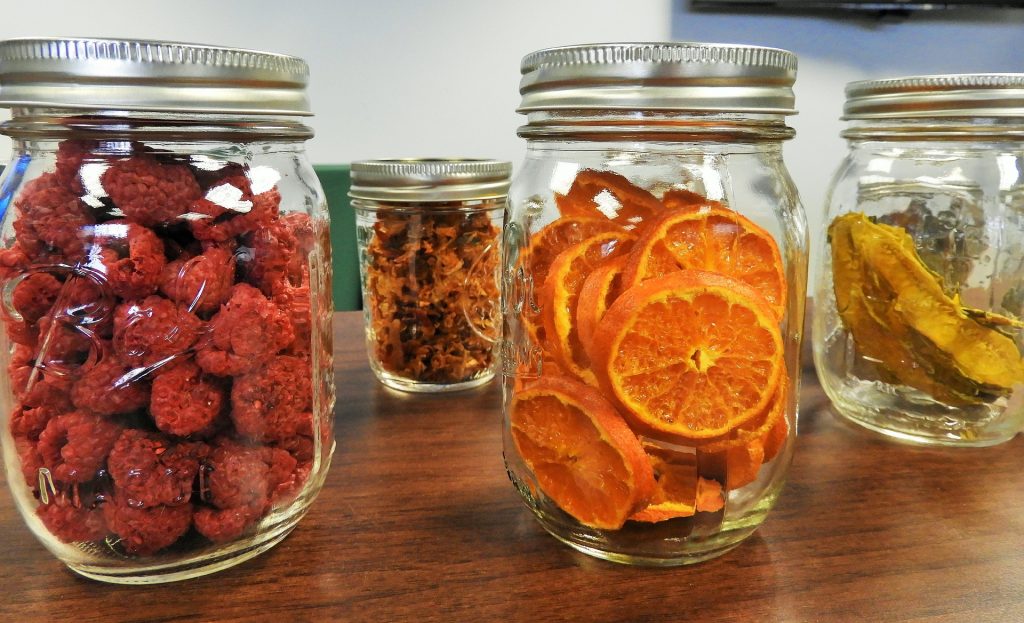

It's not enough that you store up extra food to see you through disasters or other challenges. You need a way to produce and preserve your food. Back in May I wrote about the need for a food plan. Should you get "food storage"? | The Dakotan | Charlene Nelson (mydakotan.com).
When we start talking about preserving food, most people think first of canning. While canning certainly has a long, noble tradition, there's another food preservation technique that is even older: dehydrating. There are so many good reasons to dehydrate your garden surplus. In fact, here’s why dehydrating is at the top of my list of ways to preserve food.
Better flavor, better nutrition
Dehydrating preserves the flavor and nutritional value of food better than any other method. Fruits and vegetables that are canned are put under high heat for a long time. Heat destroys many of the foods’ nutrients. And it certainly destroys a lot of the flavor. It also alters the food’s texture, so that the once crispy pear is now soft and the firm tomato is mushy.
With drying, most food is never heated above 130°. That means that most of the nutrients, as well as color and flavor, are preserved.
Uses less space
Dried foods take up a lot less space than canned or frozen. That’s because fruits and vegetables are made mostly of water. When you remove the water, the food shrinks. Seven pounds of tomatoes will fill seven quart jars when you can them, but only take up a 1/2-gallon jar when dried.
You can do a little at a time
When you can, you need to have enough produce to fill seven jars. That’s a LOT of food. But you can dry batches as small or large as you like. Preserving food becomes a more manageable affair, not a race to keep ahead of the produce.
No special storage needed
When you can you need canning jars and equipment and then some nice sturdy shelves to store all your canned goods. When you freeze, you not only need storage containers for the food, but you’ll also need a freezer, which runs on electricity and takes up a lot of space.
You don’t need any special equipment to store your dried foods. Anything that’s air-tight and moisture-proof will work fine. An empty pickle or mayonnaise jar, anything with a tight-fitting lid is good for storing dried food: I look for vacuum-sealed canisters at the thrift stores. They come in a variety of sizes and create an air-tight seal that keeps humidity from compromising the dried food.
It takes less time
No matter how you preserve your food, you’ll need to wash it and prep it for processing. Then if you’re canning, you’ll put the food into jars, put them in the canner, bring the canner up to a boil and process for the required amount of time. It's a process that can take hours.
While there are some foods that require blanching or a dip in ascorbic acid before drying, most foods require very little prep. Just cut it up, put it into the drier and forget about it. Each batch usually takes 4-24 hours to dry. So, while it’s drying you can go on about the rest of your day. When the food is dry, just take it out and pop it into storage containers. There! You’re done.
It uses less energy
Canning takes quite a bit of energy. On a big canning day you may have all four burners on your stove running at maximum the whole day. Frozen foods require you to run the freezer 24/7. A dehydrator uses a tiny fraction of that, about 1 kilowatt per hour of drying time.
No worries about power outages
If your freezer fails, you’ll lose a lot of food, but with dehydrating, power outages are not a concern.